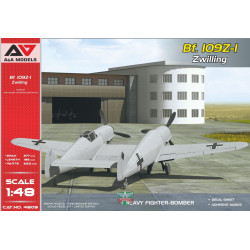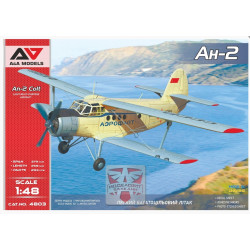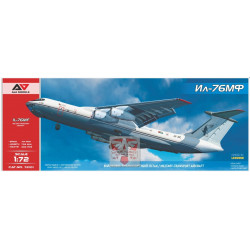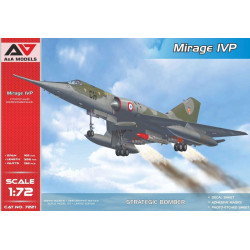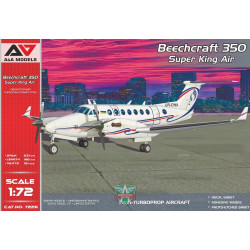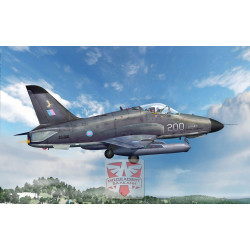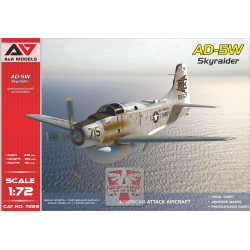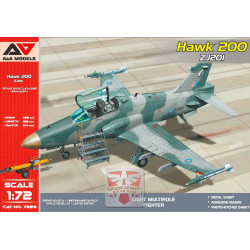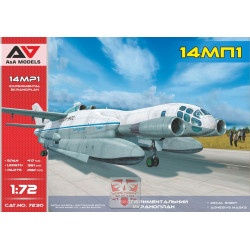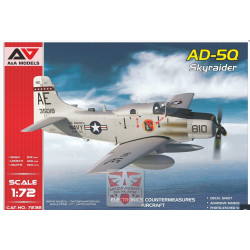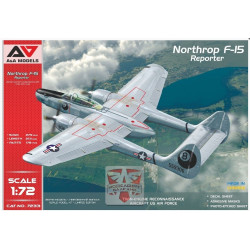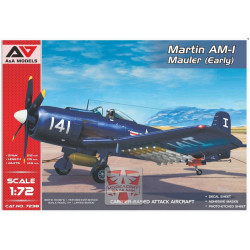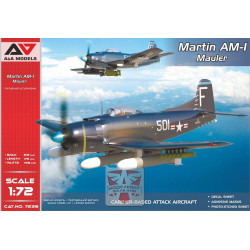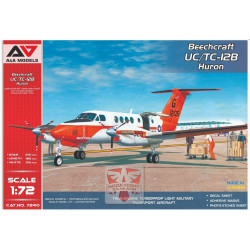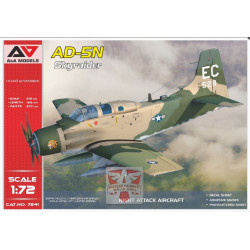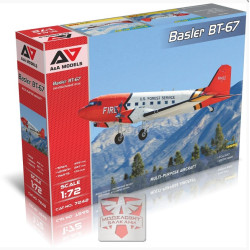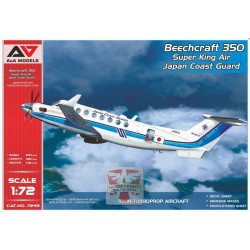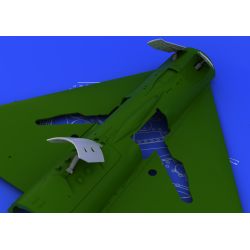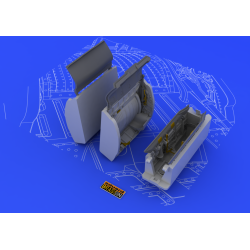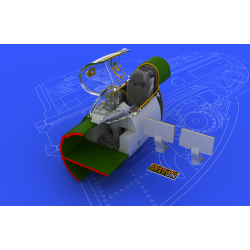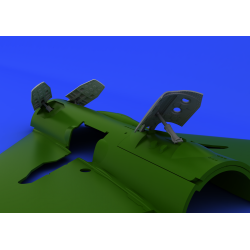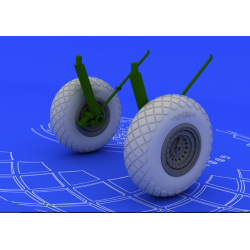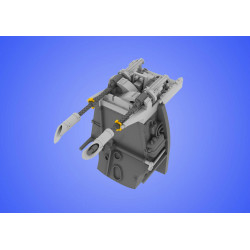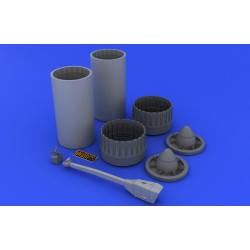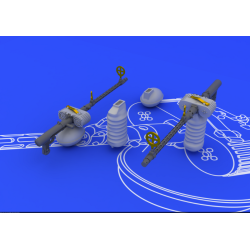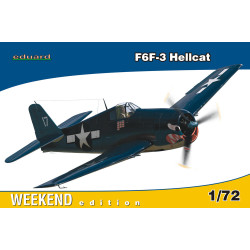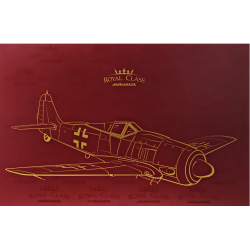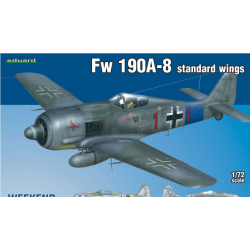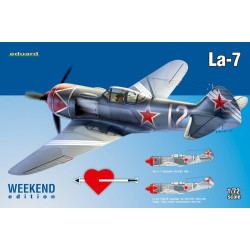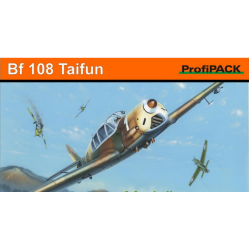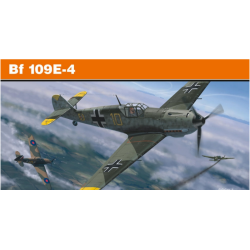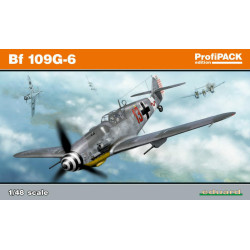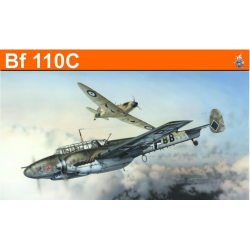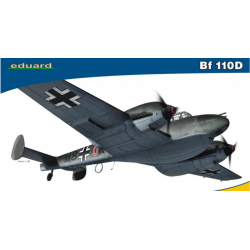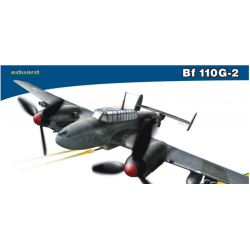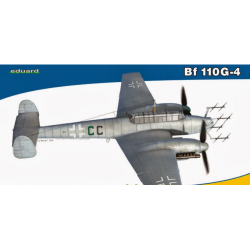
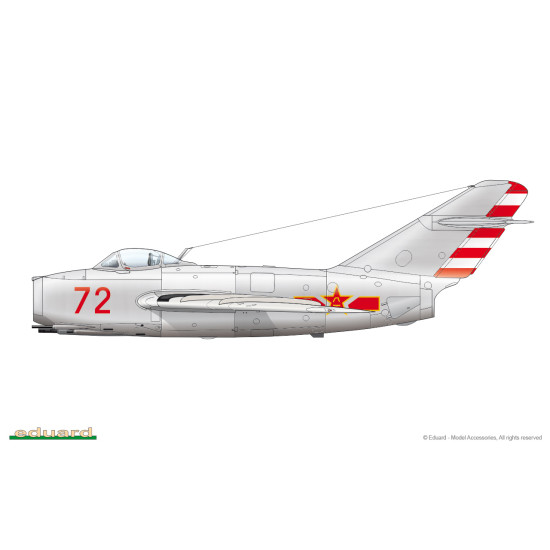

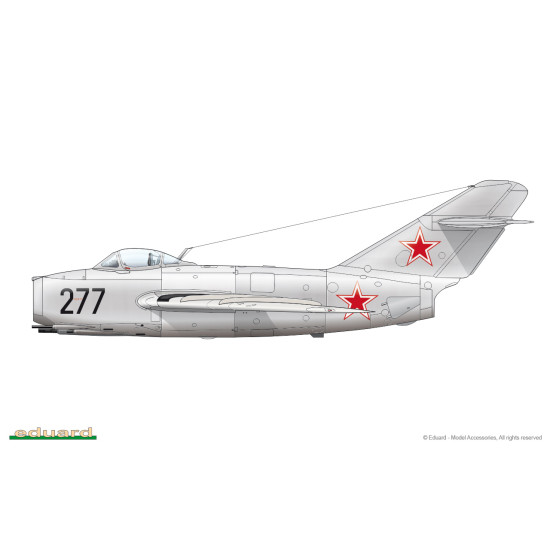
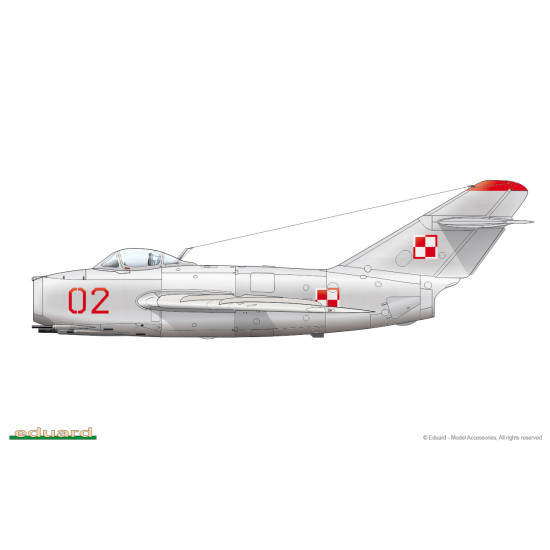
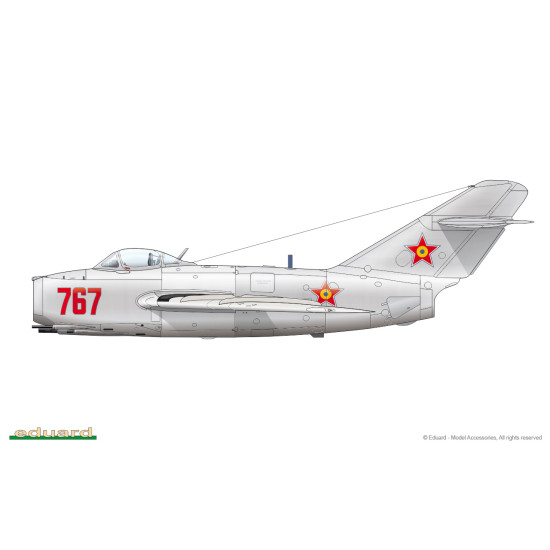






Mikoyan MiG-15, Profipack edition
1/72 Aircrafts, Planes
Eduard BIG-07057
Manufacturer: Eduard (Czech)
Material: Plastic
Scale: 1/72
Condition: New
MiG-15 fighter aircraft has became one of the post-WW2 aircraft development symbols, especially the one of the communist block lead by Soviet Union. It played crucial role in the Korean War, took part of the Suez Crisis as well as in other less important conflicts in Asia, Africa, Carribean etc.The Mikoyan-Gurevich MiG-15 (Russian: МикоÑн и Гуревич МиГ-15;NATO reporting name: "Fagot") is a jet fighter developed for the Soviet Union by Mikoyan-Gurevich OKB. The MiG-15 was one of the first successful swept-wing jet fighters, and it achieved fame in the skies over Korea, where early in the war, it outclassed all straight-winged enemy fighters in most applications. The MiG-15 also served as the starting point for development of the more advanced MiG-17. The MiG-15 is believed to have been one of the most widely produced jet aircraft ever made, with over 12,000 built. Licensed foreign production perhaps raised the total to over 18,000.The MiG-15 is often mentioned along with the North American F-86 Sabre as among the best fighter aircraft of the Korean War and in comparisons with fighters of other eras.The Germans just failed to have their turbojets with thrust over 1,130 kilograms (2,490 lb) running at the time of the capitulation in May 1945 which limited the performance of immediate Soviet postwar jet aircraft designs. They did inherit the technology of the very advanced axial compressor Junkers 012 and BMW 018 Jets that, in the class of the later Rolls-Royce Avon were some years ahead of the currently available British Rolls-Royce Nene engine. The Soviet aviation ministerMikhail Khrunichev and aircraft designer A. S. Yakovlev therefore suggested to Premier Joseph Stalin that the USSR buy the conservative but fully developed Nene engines from Rolls-Royce for the clandestine purpose copying them in a minimum of time. Designers at MiG's OKB-155 started with the earlier MiG-9 jet fighter. The new fighter used Klimov's British-derived engines, swept wings, and a tailpipe going all the way back to a swept tail. The German Me 262 was the first fighter fitted with a 18.5° wing sweep, but it was introduced merely to adjust the center of gravity of its heavy engines. Further experience and research during World War II later established that swept wings would give better performance at transonic speeds. At the end of World War II, the Soviets seized most of the assets of Germany's aircraft industry. The MiG team studied many of these plans, prototypes and documents, particularly swept-wing research and designs. The swept wing later proved to have a decisive performance advantage over straight-winged jet fighters when it was introduced into combat over Korea.
The design that emerged had a mid-mounted 35-degree swept wing with a slight anhedral and a tailplane mounted up on the swept tail. Western analysts noted that it strongly resembled Kurt Tank's Focke-Wulf Ta 183, which was a follow-on to the Me 262 that never progressed beyond the design stage. While the majority of Focke-Wulf engineers (in particular, Hans Multhopp, who led the Ta-183 development team) were captured by Western armies, the Soviets did capture plans and prototypes for the Ta-183. The MiG-15 bore a much stronger likeness than the American F-86 Sabre which also incorporated German research. The new MiG retained the previous straight-winged MiG-9's wing and tailplane placement, and the F-86 inherited its low-wing from the Fury (which in turn had wings similar to the P-51). The two aircraft were otherwise similar enough in appearance to prompt US forces to paint their planes with bright stripes to distinguish them.
| MiG-15 | |
|---|---|
 |
|
| Single-seat MiG-15 of the Polish Air Force in Museum Uzbrojenia in Poznań | |
| Role | Fighter |
| Manufacturer | Mikoyan-Gurevich |
| First flight | 30 December 1947 |
| Introduction | 1949 |
| Status | Trainers in service |
| Primary users | Soviet Air Force PLA Air Force Korean People's Air Force 41 others |
| Number built | ~12,000 + ~6,000 under licence |
| General Product Info | |
| Material | NOT SET |
| Scale | 1/72 |
| Type | NOT SET |
We have the lowest worldwide shipping. And it's totally simple.
EUROPE, USA, CANADA TURKEY, ISRAEL, EGYPT, UE CHINA, JAPAN, HK, S.KOREA | AU NZ MX South America, Asia | |
| Order weight up to 0.22kg or 0.48lb | US$ 8.90 | US$ 8.90 |
| Order weight up to 0.44kg or 0.97lb | US$ 13.95 | US$ 17.90 |
| Order weight over 0.44kg or 0.97lb | US$ 19.99 | US$ 29.99 |
| Order total over $150 | FREE | PROMO US$ 19.99 |
Shipping to some countries not qualifies for the free shipping option but costs not over $29.99 for any sized order. Sorry for that, your location is too far.
- Stock: Out Of Stock
- Model: EDU-07057
- Weight: 0.20lb
- DATE ADDED: 04/04/2014
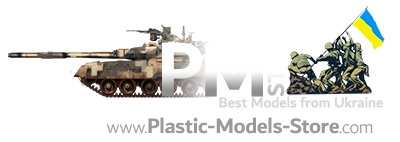












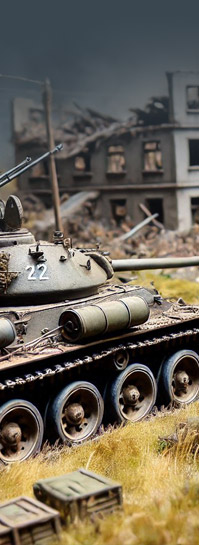


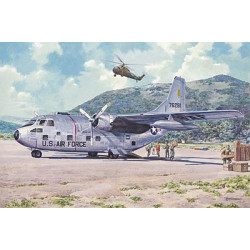
-250x250w.jpg)

